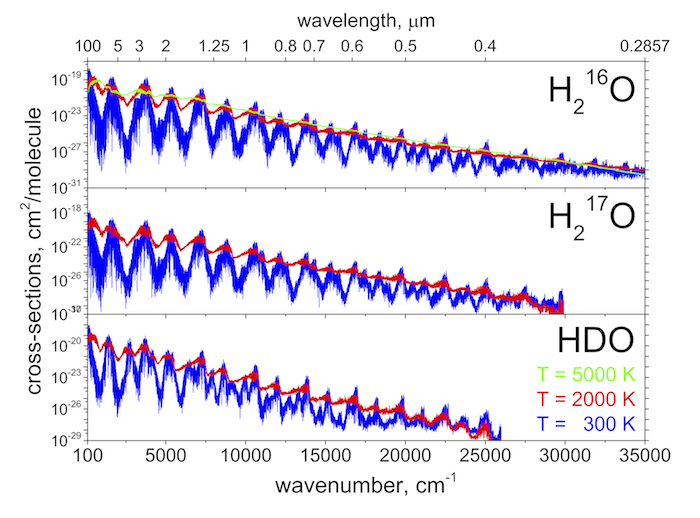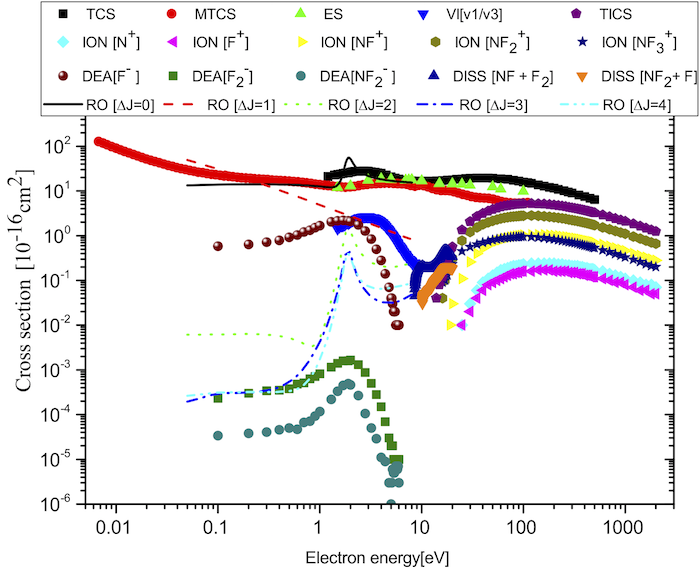Research Groups
Tennyson Group
University College London
Jonathan Tennyson is a theoretical physicist who works on how small molecules behave when collide with electrons and other species, and how they absorb and emit light. He works on both methods for treating these problems and applications to problems of general interest.
He leads the ExoMol project which has created a database of all the molecular transtions of importance for studies of exoplanets, cool stars and other hot objects, both astronomical and terrestrial. His group has used similar methods to compute the intensities of transitions for key atmospheric molecules such as CO2 and water.

His group studies low energy electron collisions with molecules using the R-matrix method and he is leading the UK AMOR (atomic, molecular, optical R-matrix) high end computing consortium. These studies focus on a variety of problems including studies of technological plasmas, edge effects in fusion plasmas, astrophysics and astrophysics. Much of this data is incorporated in the QDB database created by UCL spin out company Quantemol Ltd. QDB contains the reaction data necessary for constructing detailed plasma chemistries.
He has recently started a new project, RmatReact, which focus on using the R-matrix method to study ultra-low energy collisions, including chemical reactions, between atoms and molecules.

Contact
Professor Jonathan TENNYSON
Department of Physics and Astronomy, University College London, Gower Street, London WC1E 6BT, UK
Group Website
Email: j.tennyson@ucl.ac.uk
Phone: +44 20 7679 7809
References
- [1] J. Tennyson and S. N. Yurchenko, "Laboratory spectra of hot molecules: Data needs for hot super-Earth exoplanets", Molecular Astrophysics 8, 1-18 (2017).
- [2] O. L. Polyansky et al., "High-Accuracy CO2 Line Intensities Determined from Theory and Experiment", Physical Review Letters 114, 243001 (2015).
- [3] J. Tennyson et al., "QDB: a new database of plasma chemistries and reactions", Plasma Sources Science and Technology 26, 055014 (2017).
- [4] J. R Hamilton et al., "Calculated cross sections for electron collisions with NF3, NF2 and NF with applications to remote plasma sources", Plasma Sources Science and Technology 26, 065010 (2017).
- [5] M. Song et al., "Cross Sections for Electron Collisions with NF3", Journal of Physical and Chemical Reference Data 46, 043104 (2017).
- [6] D. Darby-Lewis et al., "Synthetic spectra of BeH, BeD and BeT for emission modeling in JET plasmas", Journal of Physics B: Atomic, Molecular and Optical Physics 51, 185701 (2018).